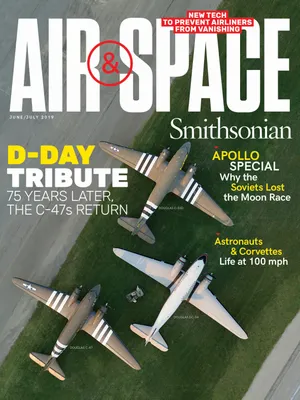Meteor Detectives
Pinpointing the source of an extraterrestrial rockfall.
:focal(720x541:721x542)/https://tf-cmsv2-smithsonianmag-media.s3.amazonaws.com/filer/a9/6a/a96a301d-d0c2-4293-a363-1328c32eef50/32c_jj2019_vestafinalsize657029main_vesta_20120606_live.jpg)
On September 2, 2015, a three-foot meteor broke into pieces that rained down near a Turkish village. After examining 343 of those fragments and other evidence, an international team of 79 researchers announced they were able to determine the meteor’s return address: the Antonia impact crater on the asteroid Vesta, which is 156 million miles from Earth.
The detectives relied on a variety of clues to pinpoint the origin site. For instance, the fragments turned out to be “howardites.” Scientists know howardites formed on Vesta, since the samples they’ve studied on Earth reflect light in the same manner as the surface of the distant asteroid. Taken together, the clues pointed to the Antonia impact crater, which was among the many surface features on Vesta photographed by the NASA Dawn spacecraft earlier in the decade. The meteorites were created by a collision that occurred 22 million years ago.
